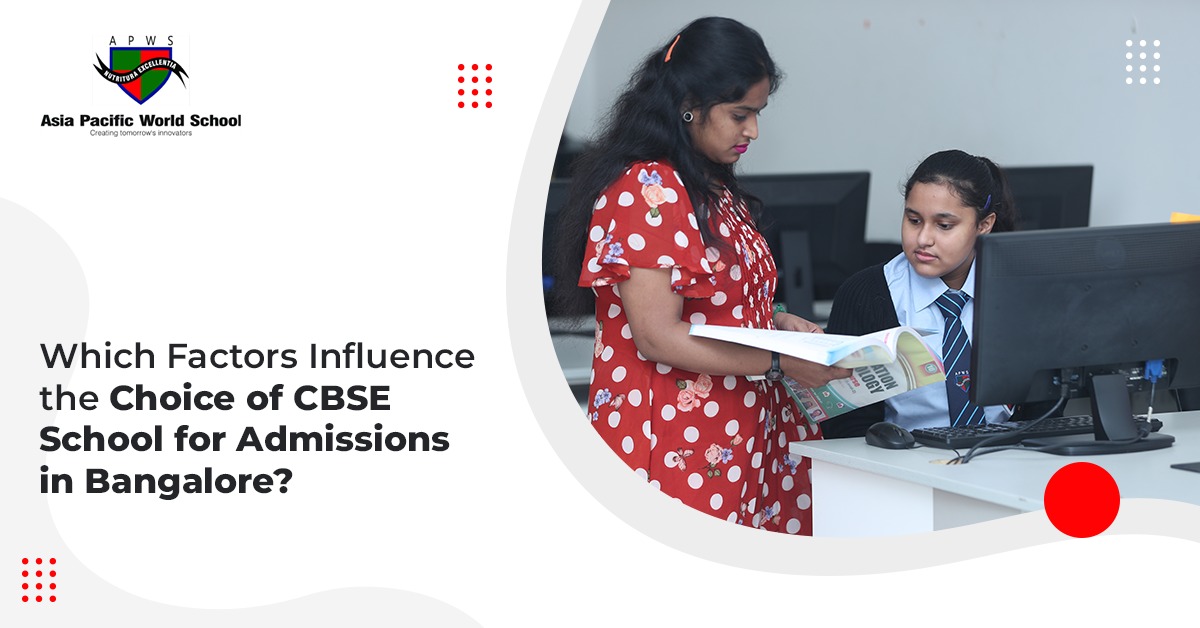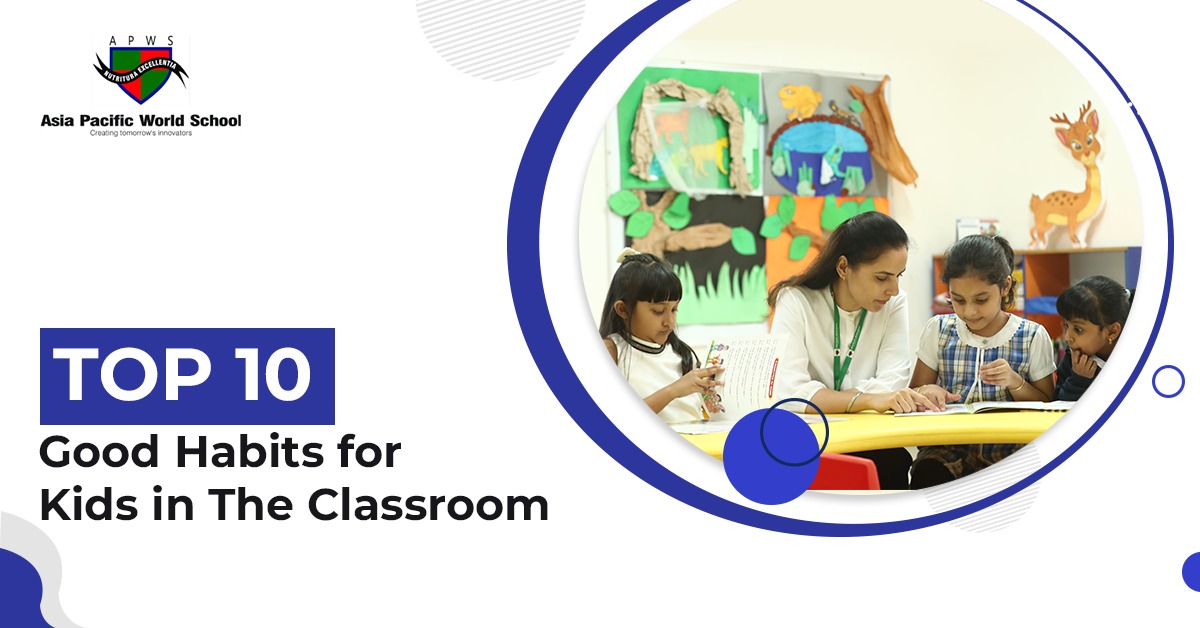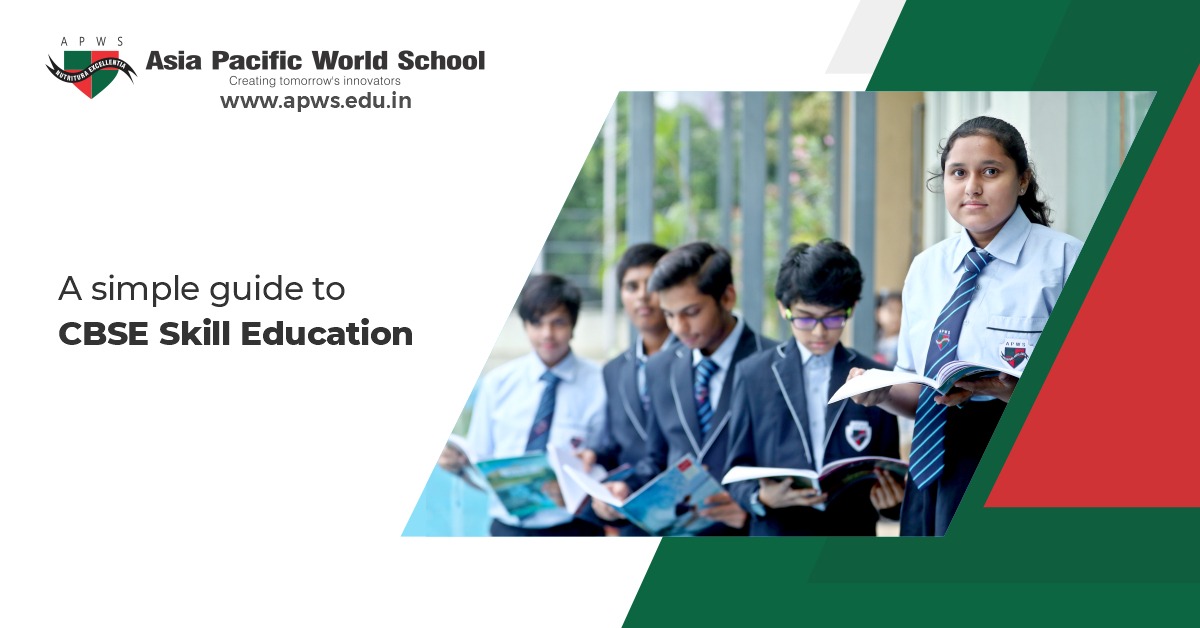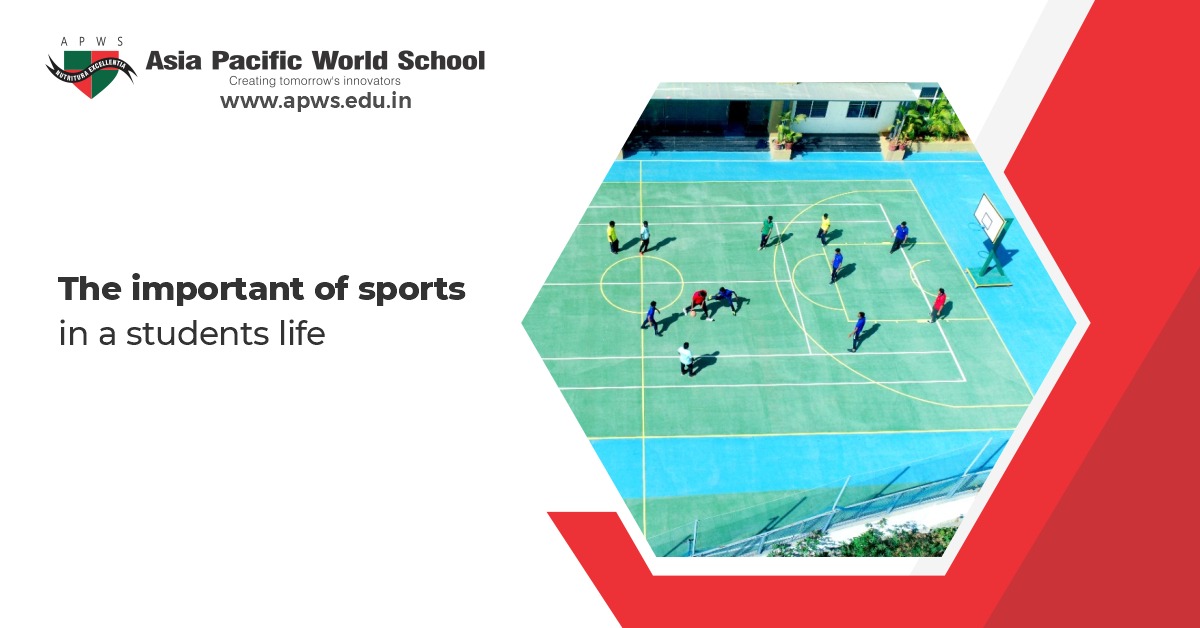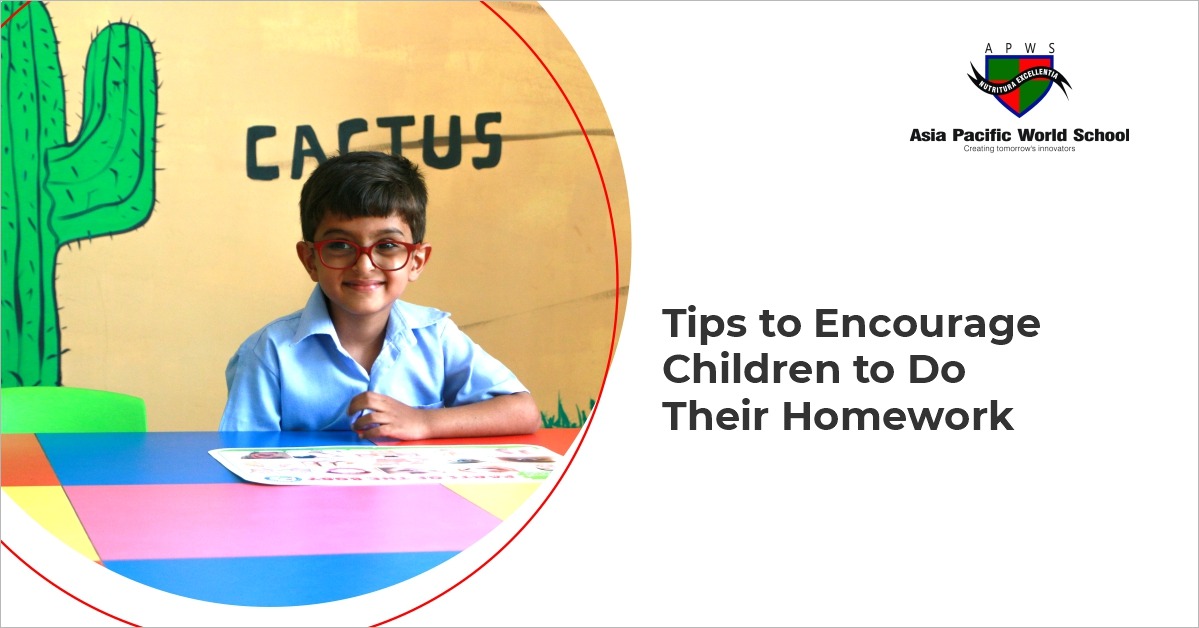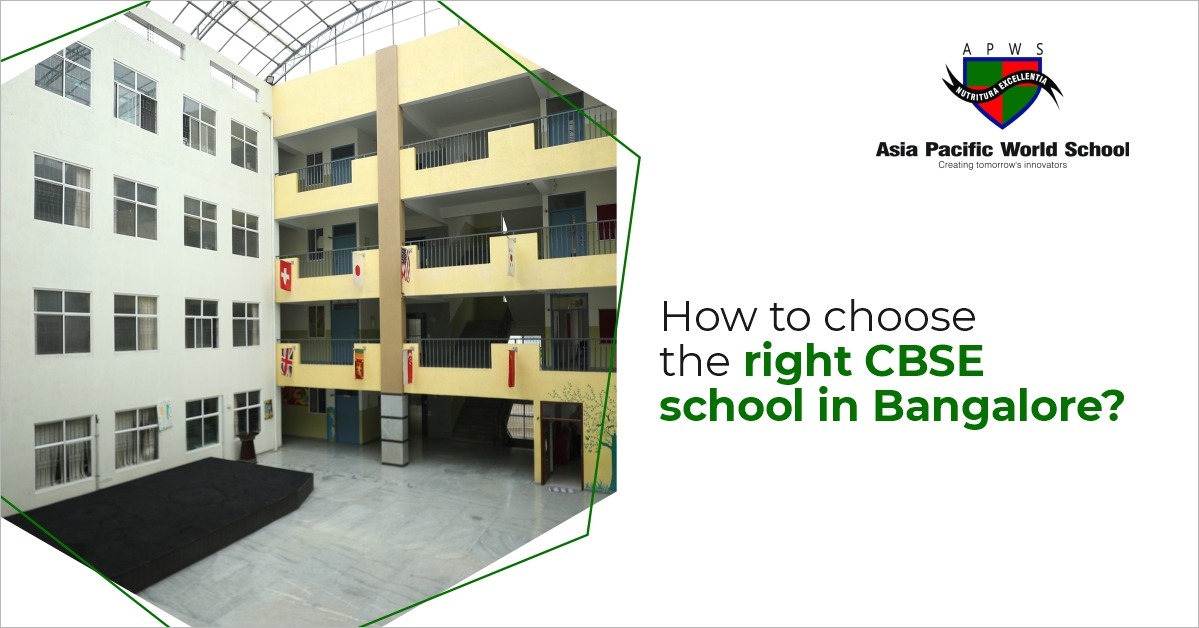Introduction
A word that holds the opposite meaning to another word is what you call an antonym. Understanding antonyms aids in expanding your vocabulary by providing alternative expressions. In diversifying your word choices, you add depth and distinctiveness to your communication style.
We all know how English language plays a crucial role in every part of our lives like communication on a daily basis. It also helps us enrich our vocabulary which helps in clearer expression and understanding. Getting good at english landing, including antonyms, synonyms, phrases, idioms, and homonyms, is not impossible if you are focused on learning and practising.
Visual aids are very useful when it comes to learning about opposites. For instance, pairing words like “tall/short” with corresponding images of tall and short individuals facilitates instant comprehension. In this article we will learn about what are opposite words in English, fun ways to learn opposite words, advantages of learning them, and how they enrich our vocabulary.
Understanding Opposites
An antonym serves as a linguistic tool, representing the converse meaning of another word, such as “hot” and “cold.” They act as enchanting elements in language, enhancing the words in better ways. Antonyms elevate our communication skills, infusing vibrancy into our speech and writing. They function as vivid pigments for our language palette, enriching its dynamism and expressiveness. Learning antonyms equips us with clandestine linguistic abilities, empowering us to communicate and narrate stories in an engaging manner.
Moreover, the concept of opposites can be further reinforced through a variety of interactive activities, including word tasks and card games. After introducing lists of opposite pairs to your students using the charts provided below, consider engaging them in the suggested activities to enhance their grasp of these concepts.
Given below is a simple list of pair of opposite words from letters A-Z:
| Letter | Word | Opposite word |
| A | Alive | Dead |
| A | Always | Never |
| B | Big | Small |
| B | Brave | Scared |
| C | Clean | Dirty |
| C | Come | Go |
| D | Dark | Light |
| D | Day | Night |
| E | Easy | Hard |
| E | Enter | Exit |
| F | Fast | Slow |
| F | First | Last |
| G | Good | Bad |
| G | Give | Take |
| H | Happy | Sad |
| H | Hot | Cold |
| I | In | Out |
| I | Inside | Outside |
| J | Joy | Sorrow |
| J | Join | Separate |
| K | Kind | Mean |
| K | Known | Unknown |
| L | Laugh | Cry |
| L | Love | Hate |
| M | More | Less |
| M | Many | Few |
| N | New | Old |
| N | Near | Far |
| O | Open | Cloe |
| O | Out | In |
| P | Push | Pull |
| P | Pretty | Ugly |
| Q | Quiet | Loud |
| Q | Quick | Slow |
| R | Run | Walk |
| R | Right | Left |
| S | Smart | Dumb |
| S | Start | End |
| T | True | False |
| T | Tall | Short |
| U | Under | Over |
| U | Up | Down |
| V | Victory | Defeat |
| V | Visible | Invisible |
| W | Wet | Dry |
| W | Win | Lose |
| X | Xtra | Less |
| Y | Yes | |
| Y | Young | Old |
| Z | Zero | Many |
Benefits of Learning Opposites
Exploring antonyms, which are words with opposite meanings, is akin to uncovering a treasure trove of linguistic abilities. Let’s delve into why delving into antonyms is such an exciting endeavor.
Expanding Vocabulary:
Understanding antonyms is a priceless toll for children to richen their vocabulary. When they understand the opposite of a word, it is very similar to discovering a new addition to their lexicon. For example, if they understand “hot,” they also gain insight into “cold,” widening their word bank and language proficiency.
Better Comprehension:
The knowledge of antonyms helps in enhanced understanding for kids since they are into reading or listening activities. By learning about pairs like “happy” and “sad,” they gain a deeper comprehension of nuances and emotions in language, enhancing their skill to understand texts and conversations effectively.
Improved Communication:
Antonyms empower children to articulate their thoughts with precision and accuracy. By employing opposite words, they can vividly describe objects, feelings, or situations, thus enhancing their communication skills. For example, instead of stating “not quiet,” they can confidently express “loud,” conveying their message more succinctly.
Enhanced Critical Thinking:
Engaging with antonyms stimulates critical thinking skills in children as they contemplate the relationships between words and their opposites. It presents a linguistic puzzle, encouraging them to analyze and synthesize information, fostering cognitive development and problem-solving abilities.
How Opposites Expand Vocabulary
There are numerous methods to enhance and broaden your English vocabulary, but delving into antonyms offers a practical and distinctive avenue for improvement.
Go with synonyms
If you want to make your vocabulary better, then make sure you are not just acquiring new words but also taking note of their synonyms. Synonyms are words that have alike meanings and they offer insight into the subtle distinctions between words and their opposites.
Keep a Thesaurus handy
Make it a practice daily to start learning about new words and their meanings by looking into a thesaurus, whether in physical or digital form. A thesaurus is an priceless resource that helps immensely in vocabulary expansion and pushes a deeper understanding of the intricacies of the English language. Simply look up a word and find its opposite – it is as easy as that.
Understand the underlying context
Mastering the art of using antonyms requires a nuanced understanding of their context within sentences or paragraphs. Enhance your skills by immersing yourself in reading and observing how authors employ antonyms. With consistent practice, your vocabulary will undergo significant improvement.
Pair learning would help
Adopt the strategy of learning new words and their opposites as complementary pairs. This method enhances comprehension of both the word and its antonym. Practicing these pairs in sentences aids in retention and reinforces their meanings.
Draw connections between words
Seek out connections and similarities among antonyms to facilitate vocabulary acquisition. Pay attention to shared roots or prefixes, enabling you to decipher the meanings of unfamiliar words with ease and accuracy.
Time to incorporate word games
Try to increase the fun of practicing antonyms by getting into word games like crossword puzzles, word association games, and vocabulary quizzes. These games and activities are not just fun, but they also sharpen your critical thinking ability, induce depth in your understanding and memory of antonyms.
Review the words and repeat
Establish a habit of regularly reviewing antonyms to enhance comprehension and retention of new words. Utilize effective tools like flashcards or digital vocabulary applications to reinforce learning.
Keep exploring and researching
Foster curiosity and actively seek opportunities to encounter new words and their opposites. Diversify your reading across various genres and subjects, remaining open to learning from diverse sources. When you are exposed to a broad variety of vocabulary, you directly enrich your language proficiency and communication skills
Such techniques and strategies helps in opening ways to easily explore new words, expand your vocabulary, and embark on a fulfilling journey of language development through the exploration of antonyms.
Where can you use opposite words?
Storytelling:
Utilize antonyms in narratives to add depth and intrigue to characters and events. For instance, instead of stating “The brave knight faced a fierce dragon,” consider incorporating contrasting descriptors for enhanced storytelling.
Descriptions:
Inspire children to employ antonyms when describing objects or phenomena. Encourage them to explore alternatives like “huge” or “tiny” instead of simply using “big,” fostering richer language expression.
Comparisons:
Teach children the art of comparing things using antonyms. For instance, they can contrast temperatures by saying “Your ice cream is cold, and mine is hot,” promoting nuanced observation and communication skills.
Poetry:
Enhance poetry by incorporating antonyms into verses. For example, consider crafting lines such as “The bright sun dances with the nigh” to infuse poetic imagery and depth through the juxtaposition of contrasting elements.
Tips for overcoming obstacles and mastering opposites
Given below are some fun activities that will help in overcoming obstacles of learning antonyms and in no time will children master opposites.
1.Group Idea Generation
Begin by exploring the vast array of opposites! Encourage brainstorming sessions in groups, where students can document their opposite pairs on paper. Alternatively, facilitate a class-wide brainstorming activity, noting down their opposites on the board. To add complexity, focus on specific parts of speech. For an engaging twist, divide students into teams and set a challenge to identify 10 opposites first, or the most within a given timeframe, to determine the winning team.
2. Opposite Matching
Engage students in matchup tasks to reinforce understanding of opposites. Write opposite terms on small cards, mix them up, and distribute them to pairs or groups for sorting into matching pairs. Another approach is to list one set of opposite pairs on the left side and the other set on the right side of a paper or board. Students can then draw lines to connect the corresponding opposites, ensuring the order is randomized to prevent direct matching.
3. Completing Opposite Lists
Facilitate a paired or individual activity where students write one-half of an opposite pair in a column on the left side of a paper. Encourage them to generate 10 words, specifying a particular part of speech if desired. Next, students pass their paper to another pair or individual, who then attempts to complete the list by providing the opposite words for each pair.
4. Opposite Memory Game
Utilize card games, such as Go Fish or Memory, to reinforce opposite word recognition. For the Memory game, prepare sets of same-sized cards with one word on each card, ensuring each word has an opposite counterpart. In class, arrange the cards face-down in a grid for each group. Students take turns flipping over two cards, aiming to match opposite pairs. The student with the most pairs at the game’s conclusion emerges as the winner!
Conclusion
In summary, introducing children to the realm of opposite words can offer an immensely enjoyable and interactive learning experience. Through a diverse array of activities, games, and resources, we can expand their vocabulary, improve their cognitive abilities, and cultivate a deeper understanding of language. Utilizing opposite words not only enriches their communication skills but also encourages critical thinking, problem-solving, and creativity.
Let us embark on this captivating journey of finding and researching opposite words with our children, igniting their curiosity and nurturing their passion for learning along the way. With the appropriate tools and a playful approach, we can transform language learning into a delightful adventure for kids, empowering them to express themselves confidently and accurately as they navigate the world around them.
FAQs (Frequently Asked Questions)
1. What are opposite words in English?
An opposite word, also known as an antonym, represents a contrasting meaning in relation to a specific word. These pairs of words express opposing concepts or ideas, creating a complementary relationship in language.
2. How can learning opposite words improve my vocabulary?
From an early age, children benefit greatly from learning opposites, as it enhances their language skills. This process aids in vocabulary development, comprehension across various contexts, and articulating thoughts with greater precision. Delving into opposite words fosters critical thinking in children by encouraging them to analyze and differentiate between contrasting concepts.
3. Where can I find lists of opposite words for studying?
There are lots of online resources from where you can find lists of opposite words for studying. You can also get books and online videos from youtube to learn antonyms.
4. Are opposite words also known as antonyms?
Yes, antonyms, alternatively called opposite words, are terms with opposite or closely contrasting meanings. For instance, the antonym for ‘hot’ is ‘cold’. An antonym refers to a word with a meaning that contradicts another word; it’s commonly labeled as a “contrasting word”.
5. Can understanding opposite words help in understanding context and meaning in texts?
Antonyms are words that express contrasting meanings. In the context of understanding unfamiliar words, an opposite meaning context clue juxtaposes the meaning of an unfamiliar term with that of a familiar one. Transition words like “although,” “however,” and “but” often indicate the presence of contrast clues.


